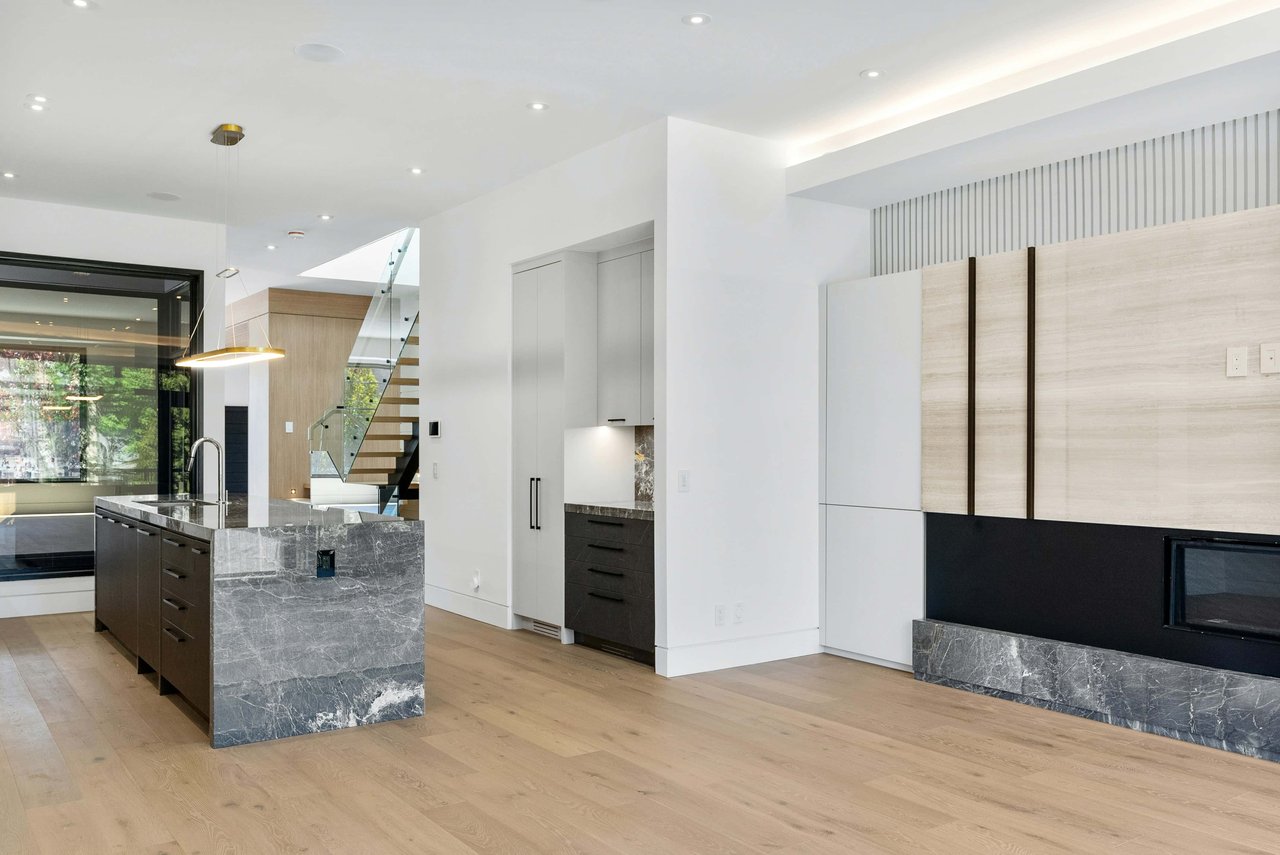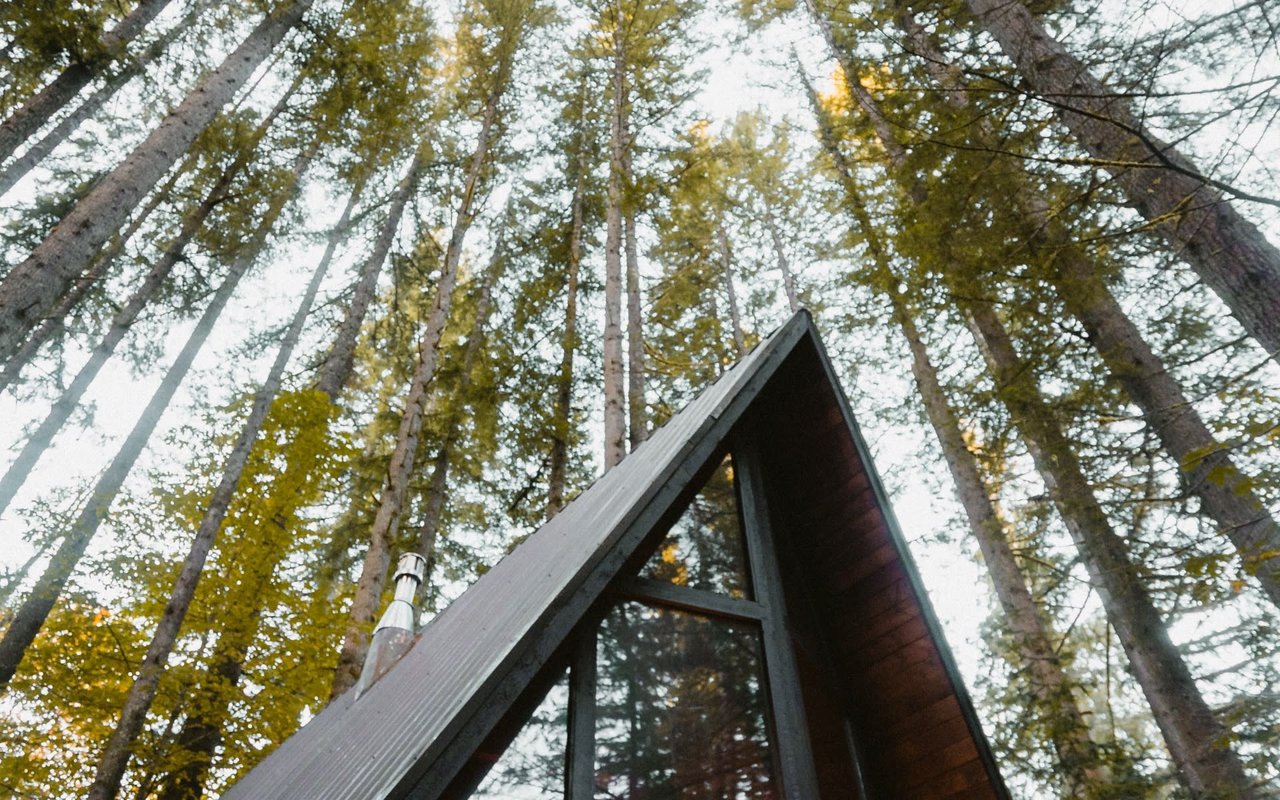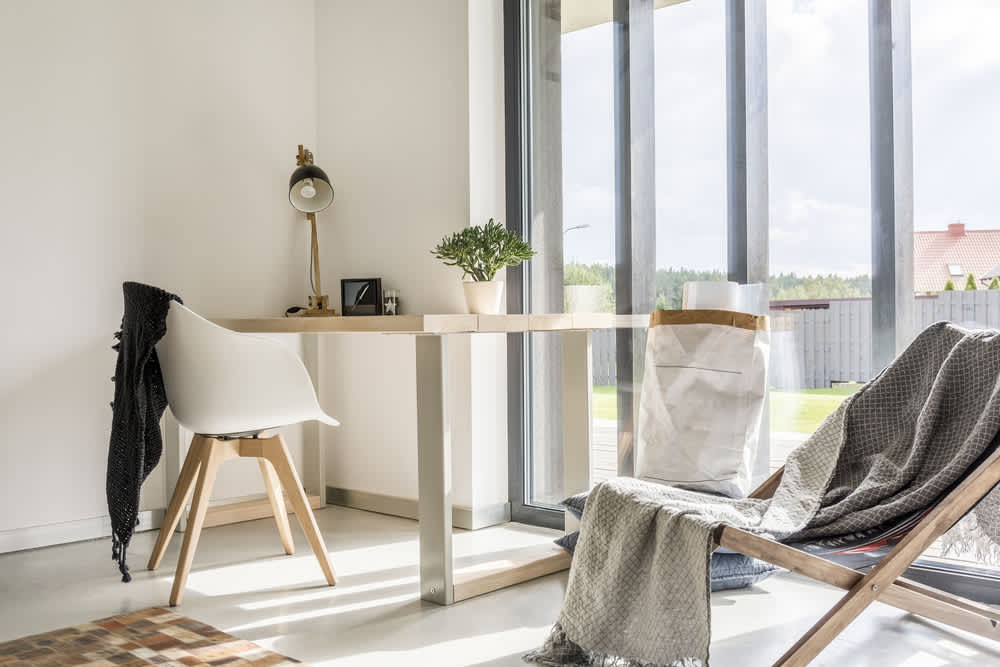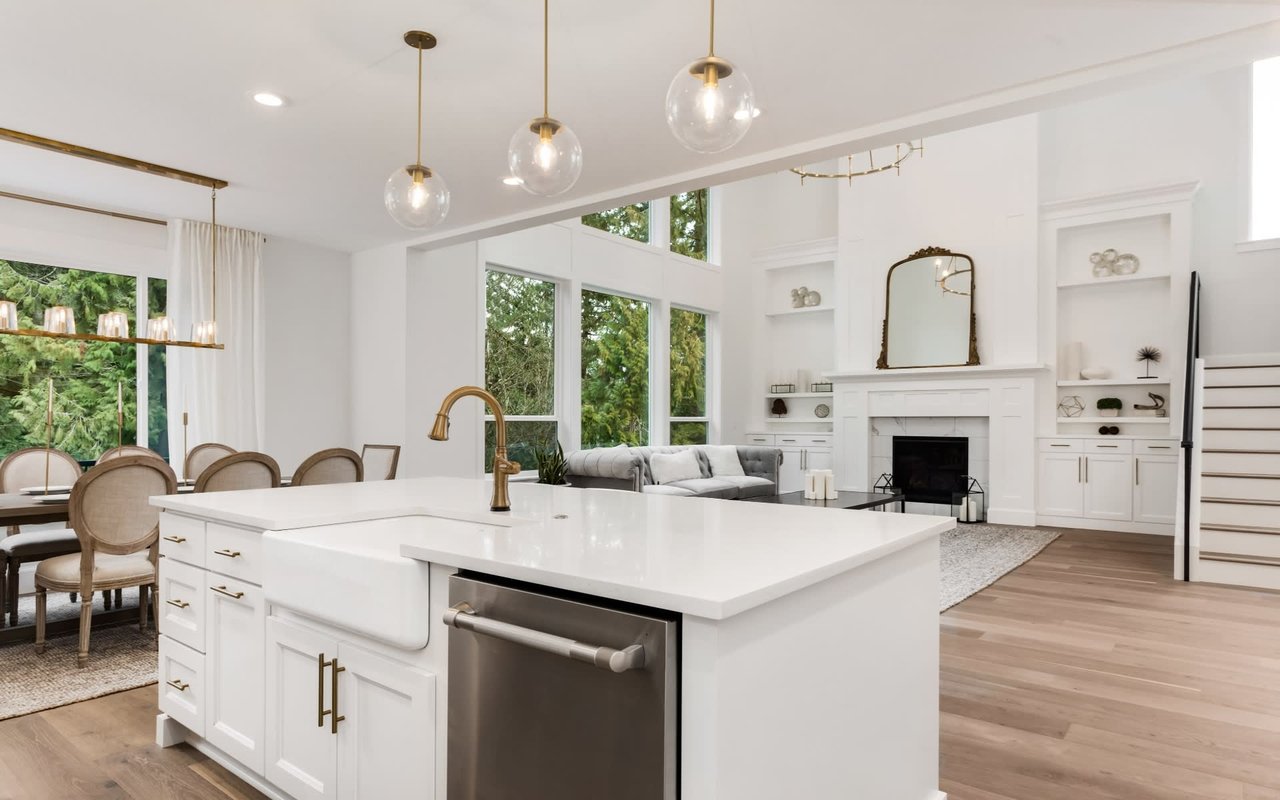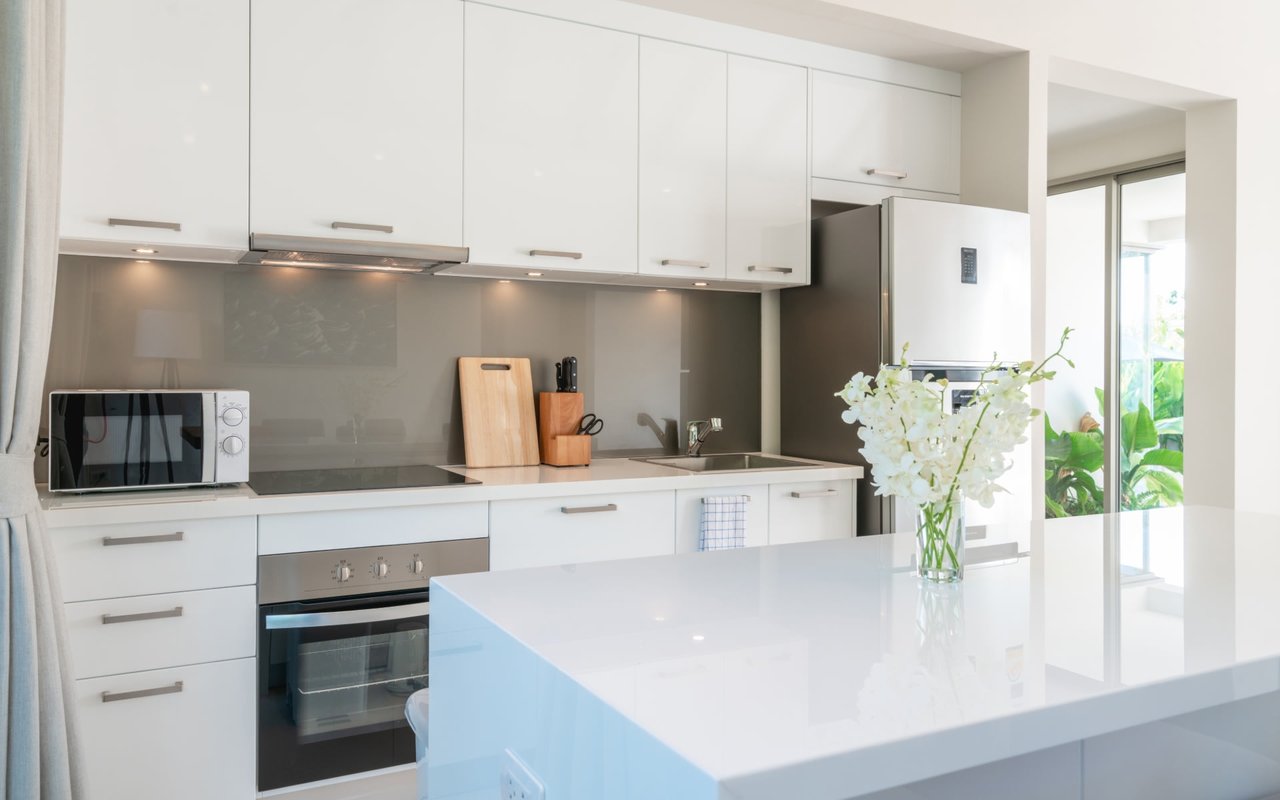Real estate sales in backcountry Greenwich started off with a bang in the first quarter of 2021. So far this year, we have sold 22 houses north of the Merritt compared to 11 in the first quarter of 2020 or a 109% increase. That’s impressive, but what’s really amazing is the growth in contracts up from 6 last year to 23 contracts this year or a 283% increase. At the same time inventory has contracted from 83 listings last year to only 55 listings this for a drop of 34%. It’s a tight market, and buyers are moving fast and keeping us Realtors very busy.
1st Quarter Activity: 22 Sold (Blue), 23 Contracts (Green & Orange), 10 Expired (Red)
Based on last year’s rate of sales and this week’s inventory we are down to the aforesaid 6.5 months of supply. The tight part of the market is from $1 – 5 million. (Can you have a tight market if you have no inventory and hence no sales from $1.5 – 2.0 million?)
Contracts are doing even better. If you add in our 23 contracts in backcountry (and assume they will close in 45 days) then the months of supply drops to 4.4 months for backcountry houses. This is a hot market, just about anywhere, but it’s truly amazing in an area where the median sales price is $2.6 million dollars. To see just how remarkable this market is let’s go back 22 years and look at how we got here.
Until last year our highest number of sales in backcountry was 90 sales in 2000. For much of what people thing of as the heyday of backcountry, sales actually fell from 90 sales in 2000 to 62 sales in the peak year of 2007. That year we sold $306 million worth of houses in backcountry with an average sales price of $4.93 million. If you look at graph of the period, you see a big rise in sales volume while the number of sales is actually dropping from 2004 to 2007. That’s a pretty good definition of a bubble.
In 2008, the bubble started to burst with the number of sales dropping from 62 in 2007 to 34 in 2008 and sales hit their nadir in 2009 with only 27 sales. Sales volume dropped from $306 million to $163 million in 2009. We actually had a pretty good recovery going from 2010 to 2015 when sales grew from 45 to 61 houses.
At the same time, our sales volume and median sales price bounced around. We reached our post-recession low price point in 2012 as our backcountry median sales price dropped to $2,012,000 only to all most match that number three years later in 2015 with a median of $2,043,000.
We didn’t start to see a real recovery until the 3rd quarter of 2019. At that point, prices in backcountry started to look pretty good compared to what you could get in say Riverside. In 2019, backcountry sales were up 31% in while they were down 11% for the town overall and Riverside saw a drop of 23% as the $10,000 limitation on local tax deductions finally hit Greenwich hard. (Not to worry Riversideans, you can feel pretty good about this year’s sales.)
In 2019 our days on market dropped from its post-recession high of 475 DOM in 2017 to only 220 days on market in 2019. In 2020, after a slow first half of the year DOM dropped steeply to 145 days on market. For the first quarter of 2021 we are looking at about the same DOM with 143 days on the market.
It’s easy to over analyze this market. There is a lot of Brownian motion in the numbers as the law of small numbers means that one sale like Tommy Hilfiger’s house selling for $45 million throws off the averages. Take out that sale and the backcountry average sales price drops from $4.94 million to $3.03 million, which is still a pretty good average.
What is clearly remarkable is the number of sales we had in backcountry last year. Our 102 sales last year is 13% better than our previous high of 90 sales all the way back in 2000. If you really want to make a “gee-whiz” graph, you can annualize our first quarter sales on a weighted basis. Most years the first quarter represents only 18.2% of our sales for the year, so, if you take our 22 sales so far this year and divide by 18.2% you get an expected 121 sale this year. This would be an increase of 19% in sales on top of our 73% increase in backcountry sales of in 2020 over 2019.
Will we get to 121 sales this year? I don’t think so, our inventory is much tighter than it was last year, and we’ve got a good chance of sales being supply constrained. We are however continuing to see some shadow inventory in backcountry that was mostly used up in 2020 in the sub-Merritt Parkway areas of the town. Our inventory is down 34% this year, while its down 45% for the town overall.
Additionally, backcountry has always being synonymous with larger houses, but when you look at the numbers that what we are seeing. Our median house size peaked in 2009 at 8,300 s.f. For the last three years, our median house size has averaged around 5,600 s.f. So far in 2021 our median size is actually down to 5,400 s.f. Our median house size for the town over all is 4,200 s.f. or 1,200 s.f. smaller than the median in backcountry.
This lower median does indicate one issue in backcountry, which is that sales are distinctly slower when you hit $5 million. Over that price we have 3 sales and 7 contracts compared to 29 listings in inventory. Not to worry too much as the majority of high-end sales have shifted to the 4th quarter.
This has not stopped some folks from rolling some really big dice in backcountry. Of those 29 listings in backcountry, 3 of them are new construction with prices ranging from $23 million to $40 million.
Aquarion’s 2 4-acre tracts surrounded by a 72-acre park
In addition, Aquarion is selling two 4-acre tracts at 45 and 49 Cherry Valley for $1.45 million and $1.395 million respectively. These lots were retained by Aquarion, when the town and the Land Trust bought72 acres from Aquarion to create new Convers Brook Park on Lake Avenue just north of the Merritt Parkway.
It’s very likely to be a good year for backcountry; inventory will determine just how good.







